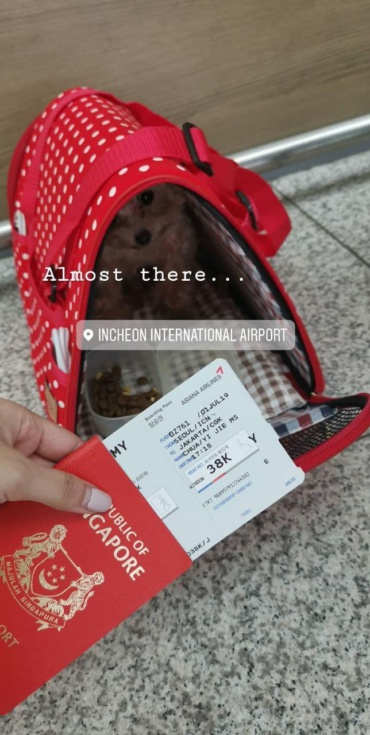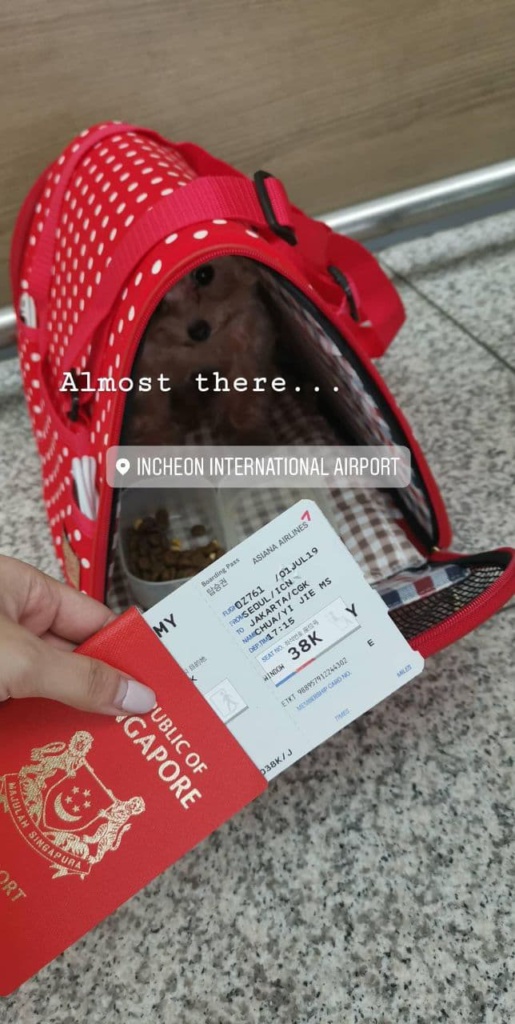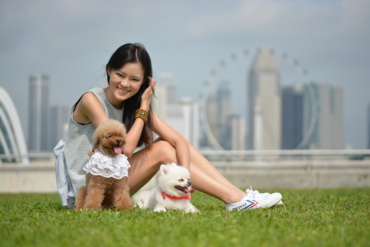This is a follow up from out post about flying in-cabin. If you wish to read more about flying in-cabin, please click here.
For all the pets who do not qualify for flying in-cabin, you will have no choice but to fly your pet as excess baggage in-cargo.
I have flown with pets in-cargo many times and always fly them as excess baggage with Singapore Airlines because it is the cheapest method so far.
Please note that when I am talking about in-cargo, I am specifically referring to your pet travelling on the same flight with you as checked/excess baggage. If your pet was not flying with you, but flying individually as a cargo, you will have to check with the airline/your agent for the exact details.
Flying with Nina and Yuzu
Upon arrival at the airport, you will need to bring the pet to your check-in counter, to handle check-in for your pet. Be sure to arrive in advance to give them ample time to handle everything.
I have flown several times, but only have the video of my travel with Yuzu and Nina. Yuzu flew directly from Shanghai to Singapore; while Nina flew from Chongqing to Singapore, with transit at Guangzhou. Every airport has a slightly different policy when it comes to pet travel, so please check with the airport you are flying out of, on what requirements they have.
Nina flew from Jiangbei Airport in Chonqing and the airport required double nets on the crate for safety.
As Jiangbei is a domestic airport, they only served short flights and does not allow for a water bottle.
Yuzu flew from Pudong Airport in Shanghai and the airport only requires the standard straps on the crate. I wrapped her crate with a layer of cotton blanket since she was flying in the winter, and I was worried it will get too cold.
After handling the check-in, we then handed over the dogs to the ground staff. I went through my standard security checks and boarded the plane.
When flying with Nina, we had a transit flight in Guangzhou, so after arrival in Baiyun Airport, I picked her up along with my luggage before checking in again for my second flight.
Give some food and water to replenish their energy, but be careful not to give too much in case they need to go to the toilet. It’ll make their trip miserable.
Also, if you transit time is longer, or if the next flight will be long, then be sure to let your pet out for a toilet break. But because the transit time and the second flight was short, I did not take her out.
And finally… HOME SWEET HOME!
For more information on the procedure for arrival in Singapore, please click here.
– Continue in page 2 –





